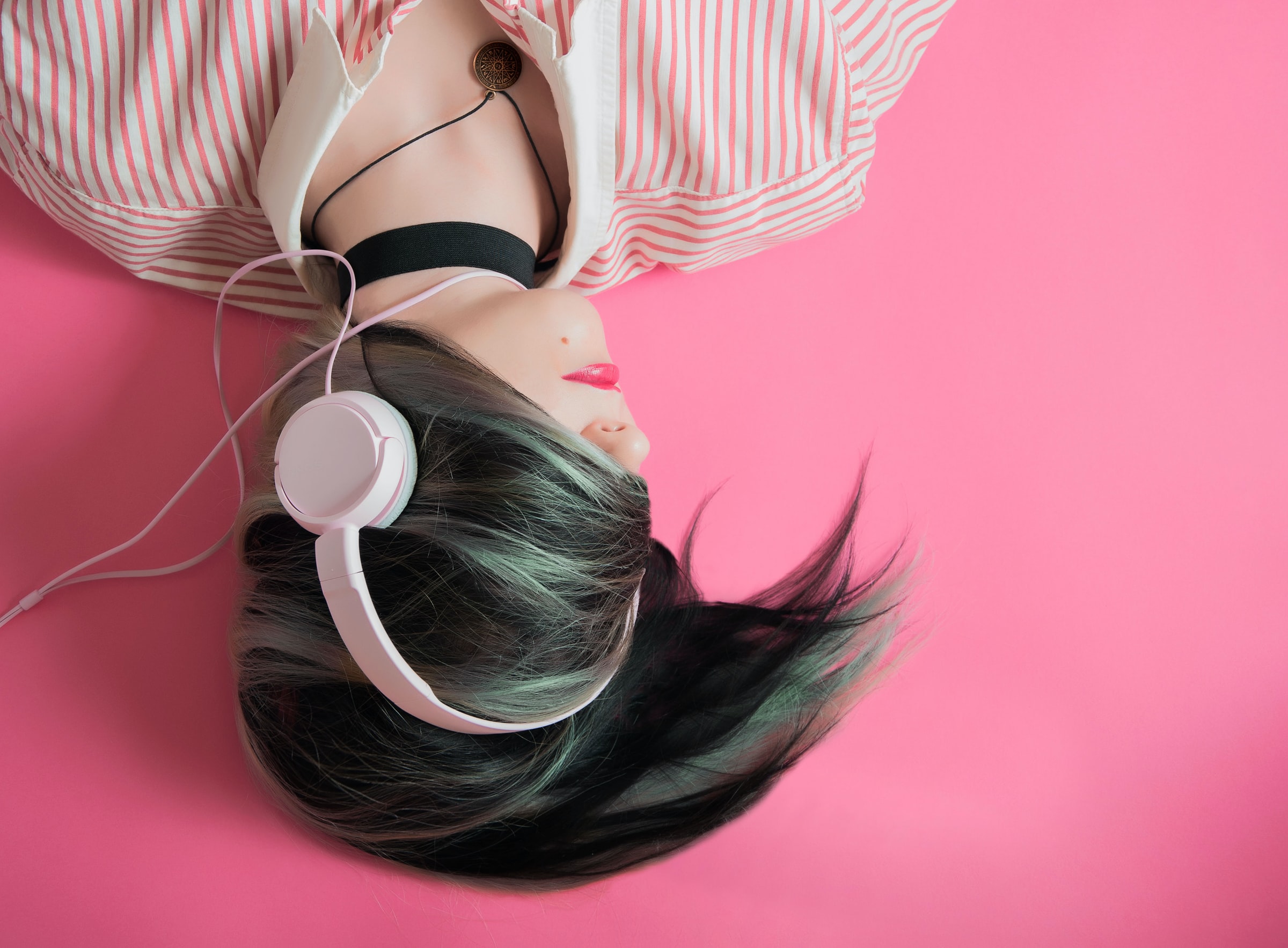ASMR by Judy T.

View Judy’s Original Task
View Judy’s Modebending Task*
*disclaimer – Judy’s redesigned task is no longer available for viewing at the link provided in her blog
Quite a few colleagues across both courses produced audio recordings of their What’s in your bag? items creating soundscapes for their lives and workplaces, but Judy T. took a particularly clever approach and recontextualized her original text by creating an ASMR video.
ASMR is a wildly popular trend and genre of videos you’ve either never heard of, watch/listen to avidly, or have explored using Incognito mode in your browser: seeking out the experience can be completely innocuous for the promise of it producing relaxing and euphoric sensations, or if you’re into it, a more erotic or arousing experience. You do you.
Full disclosure, I only listened to enough of Judy’s redesign to get an idea of what she produced, because hearing repetitive sounds triggers a fight-or-flight response within me as a person with (self-diagnosed) misophonia.
Production and Tools
Regarding Judy’s decision to remix two YouTube clips, I asked myself these questions from the New London Group (1996), “‘Why not that?’ as well as ‘Why this?’” After an unsuccessful attempt at recording her own sounds, Judy combined and remixed two YouTube videos to represent the items in her bag. Capturing clear and crisp audio requires not only the right sound recording equipment and silent space but knowledge and expertise in audio editing that goes beyond the novice. When putting together my own audio I didn’t even consider attempting to record my own sound effects because better ones were available to me within GarageBand.
I reached out to Judy to ask for some specifics about her editing and production process, and she shared this with me:
I downloaded YouTube videos from here: https://www.y2mate.com/en68
All you need to do is copy the YouTube link and plot it in.
Then I edit and compiled the videos together here: https://clideo.com/merge-video
You might need to play around with it to see how to merge. You will need to decide first what time frame of the videos you want to use.
Judy’s redesign work that remixes two YouTube videos is meta and a nod to how the trend was born and skyrocketed to popularity on YouTube.
In my own modebending of this task and reflection, I wrote about the concerns I share with the New London Group (1996), Dobson & Willinsky (2009), and many others, about the availability of more sophisticated and pricey content-authoring tools like Adobe Audition and Garageband to teachers and students, but Judy created her production with free web-based tools accessible to all.
Literacies & Theories
Though others took a similar approach using recorded sounds to represent the items in their bags, Judy’s unconventional choice to redesign the original task by recontextualizing her bag’s contents using ASMR was unique and intriguing because, in my novice understanding of the term, it hybridizes her original production, as defined in New London Group (1996) by Fairclough (1992), and sets it into a distinct and unique cultural phenomenon:
The term hybridity highlights the mechanisms of creativity and of culture-as-process as particularly salient in contemporary society. People create and innovate by hybridising, that is by articulating in new ways, established practices and conventions within and between different modes of meaning.
ASMR is an intriguing, if not somewhat strange cultural phenomenon, and one that continues to grow as more and more videos are produced. There is a massive incentive to produce ASMR videos because of YouTube monetization, and most producers of ASMR videos are women, and most would be considered classically beautiful. There’s a whole lot to unpack when discussing ASMR, nonetheless, I am impressed by Judy’s remediation of the task in this format. If you’d like to read more about it, Jamie Lauren Keiles’ fantastic piece in the New York Times introduces ASMR in a serious, intelligent manner and discusses ASMR’s rise in popularity and some of the issues it faces in widespread social acceptance.
References
Dobson, T., & Willinsky, J. (2009). Digital Literacy. In D. Olson & N. Torrance (Eds.), The Cambridge Handbook of Literacy, 286-312. Cambridge University Press.
The New London Group. (1996). A pedagogy of multiliteracies: Designing social futures. Harvard Educational Review 66(1), 60-92.